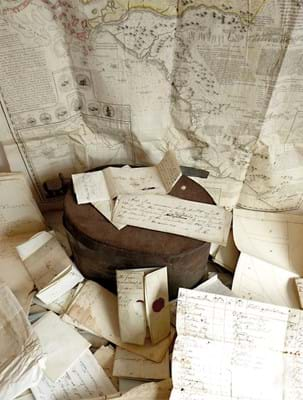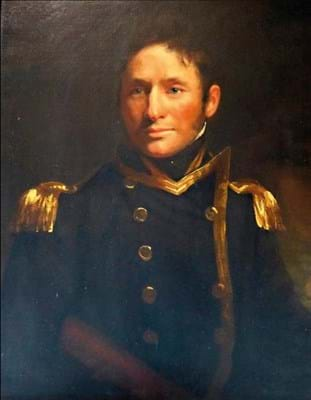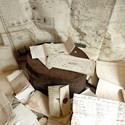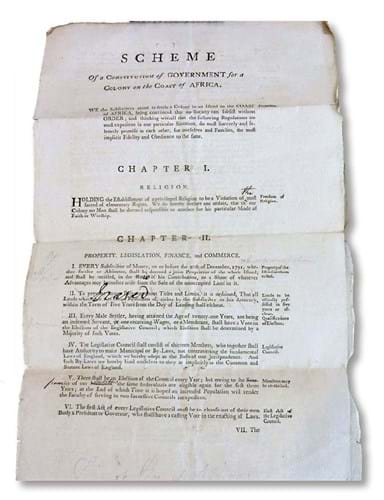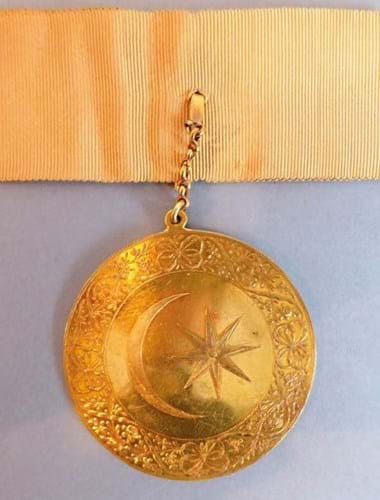Their aim was to prove that sugarcane, coffee and cotton could be cultivated profitably in West Africa without the need for slave labour.
In fact, the party was reduced to just a handful of survivors in 17 months. Among them was the settlement’s 27-year-old governor Lt Philip Beaver (1766-1813), who reluctantly returned to London in 1793, taking with him a tin box containing the colony’s records.
The Bulama papers, around 90 documents which Beaver used as the basis of his book African Memoranda (1805), had barely seen the light of day since, until they were rediscovered earlier this year.
Abolitionist campaign
The doomed experiment on Bulama – a fertile island on the mouth of the Gambia River (now known as Bolama) that forms part of the state of Guinea-Bissau – had been the brainchild of Henry Hew Dalrymple (1750-95), the son of slaveowners who had become involved in William Wilberforce’s abolitionist campaign.
Meeting in Hatton Garden, the Bulama Association was formed, and funds raised to charter the three vessels that sailed from England on April 14, 1792.
The mission started badly. Smallpox tore through the colonists on board the ship, while an attack on the party’s munitions supply as they anchored off the African coast left six dead. By July more than half of the colonists had deserted (Dalrymple himself returned to London in November never to return) with the group eventually reduced by marsh fever to a mere nine white settlers and around 20 freed slaves.
Archive discovered
Lt Beaver appealed for more colonists to join him as the venture began to show some promise, but by this time negative publicity and the onset of war with France meant there were no takers.
There were, however, many potential buyers for the archive of paperwork he left behind that was offered by Tayler & Fletcher in Bourton-on-the- Water on October 29-30.
It had, said cataloguer Henry Forcer Evans, “come out of the blue by direct descent from a local family”.
Following numerous enquiries, his online catalogue entry numbered 684 photos. They showed invoices related to the purchase of the island, a ‘constitution’ granting freedom of religion and shared ownership, receipts for materials and carriage, plans of proposed settlements, letters between members of the Association, cartography, diplomatic correspondence plus the vivid descriptions of survivors. Few, if any, appear to have been used to aid the research of the articles written about the Bulama project in the 20th century.
Estimated at £2000-3000, bidding from half a dozen serious parties emerged and it sold at £23,000 (plus buyer’s premium). Institutions had tried to buy it but it is thought to have gone to a UK private collector.
After the Bulama project, Beaver returned to the Royal Navy and was made a captain. His half-length portrait by John Opie (1761-1807) showing him in full naval uniform, c.1800, sold at £9000 in the auction while the gold Imperial Order of the Crescent 1st Class (the Sultan’s Medal for Egypt) he was awarded by Salim III in 1801 took £11,000. The portrait went to the National Maritime Museum, the medal to a private collector.


